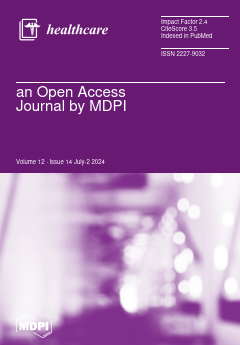Supporting early-stage nurses to adapt to the field and become proficient in nursing is important to improve the quality of patient care. This study aimed to determine the effects of the nursing work environment, nursing practice readiness, and optimism on the field adaptation of early-stage nurses. A descriptive survey was conducted among 209 early-stage nurses with ≤3 years of work experience at hospitals. The collected data were analyzed using descriptive statistics, the
t-test, ANOVA, Pearson’s correlation coefficients, and regression analysis with the SPSS Program. The participating nurses’ mean field adaptation score was 2.90 ± 0.40 (total score = 5) and a significant positive correlation was found between nursing work environment (r = 0.61,
p < 0.001), nursing practice readiness (r = 0.41,
p < 0.001), and optimism (r = 0.26,
p < 0.001). The regression analysis revealed that the nursing work environment (β = 0.38,
p < 0.001), job satisfaction (β = 0.33,
p < 0.001), nursing practice readiness (β = 0.24,
p < 0.001), and turnover intention (β = 0.17,
p = 0.001) significantly affect the field adaptation of early stage nurses; the explanatory power was 56.1% (F = 27.55,
p < 0.001). The results suggest that to facilitate the field adaptation of early-stage nurses, the nursing work environment, job satisfaction, and nursing practice readiness should be improved. Improvement in the nursing work environment and the development of additional training for field adaptation would enhance the ability of early-stage nurses to adapt to the field and, consequently, improve the quality of nursing care.
Full article






